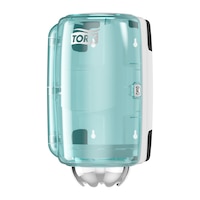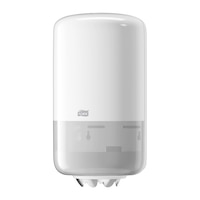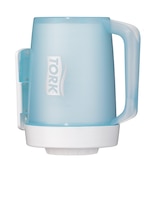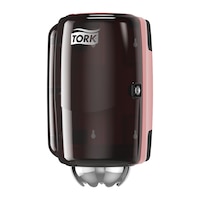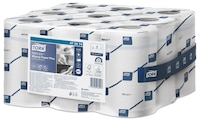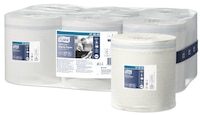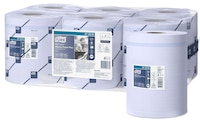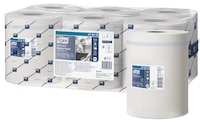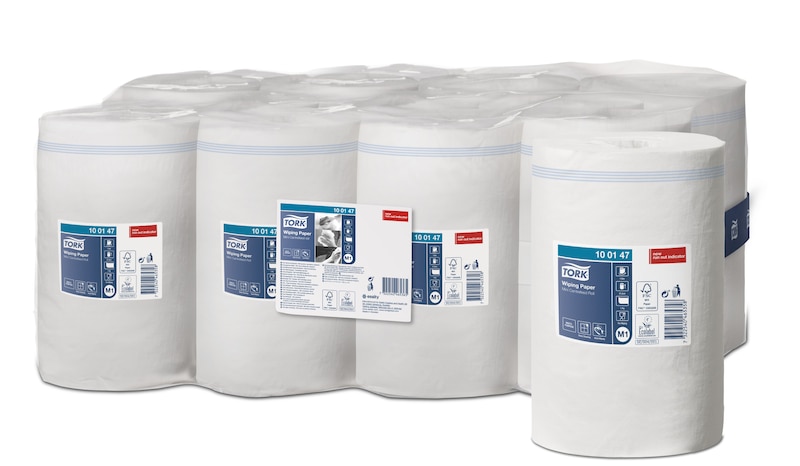

Description
The 1-ply multipurpose Tork Wiping Paper is ideal for light wiping tasks and hand wiping. This paper can be used in the Tork® Mini Centrefeed dispenser, which is a compact versatile solution for professional environments where both hand and surface wiping is required.
- Ideal for wiping hands and lightly soiled surfaces
- Particularly good for cleaning glass - does not leave any lint or streaks on surfaces
- Operable with one hand makes it easy to use
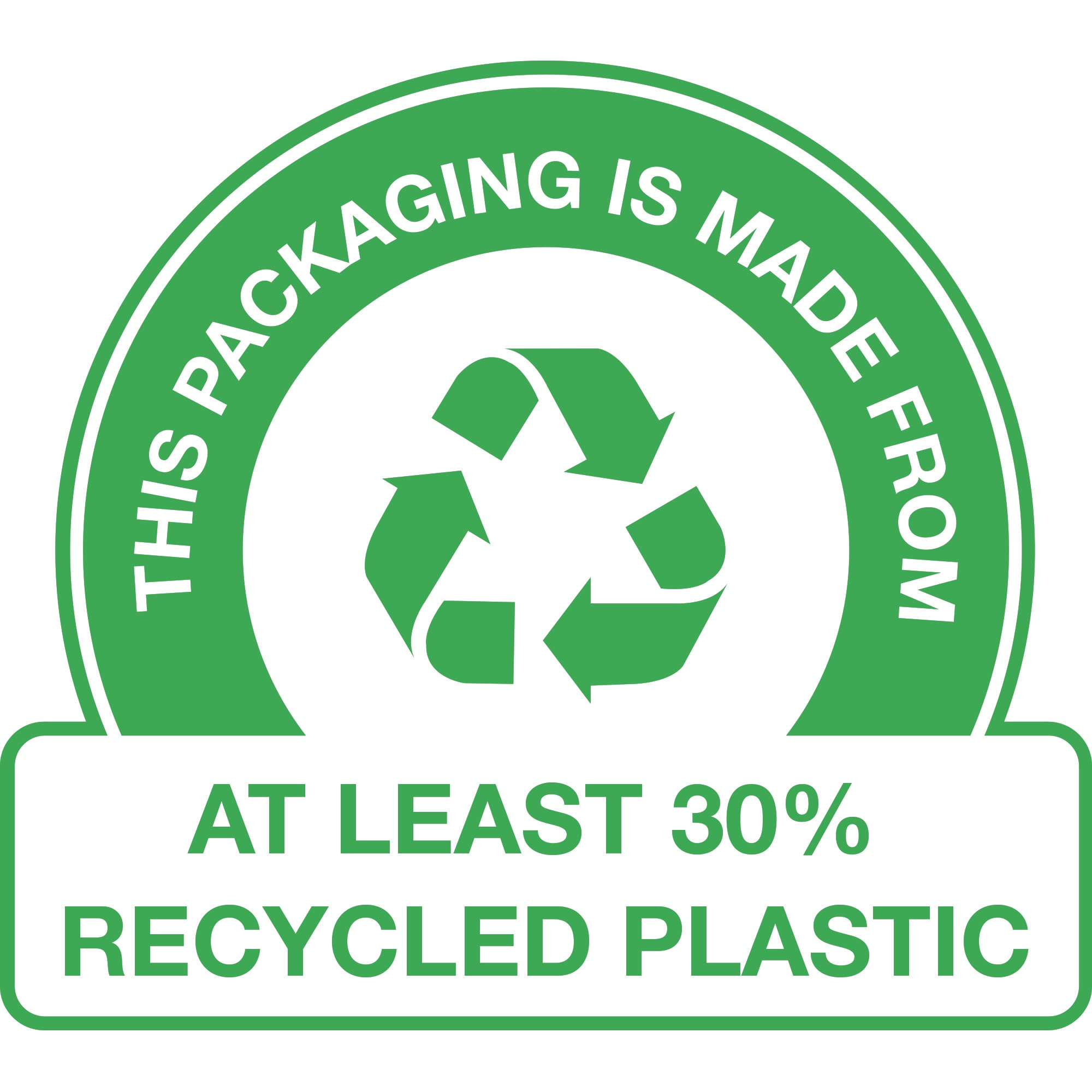
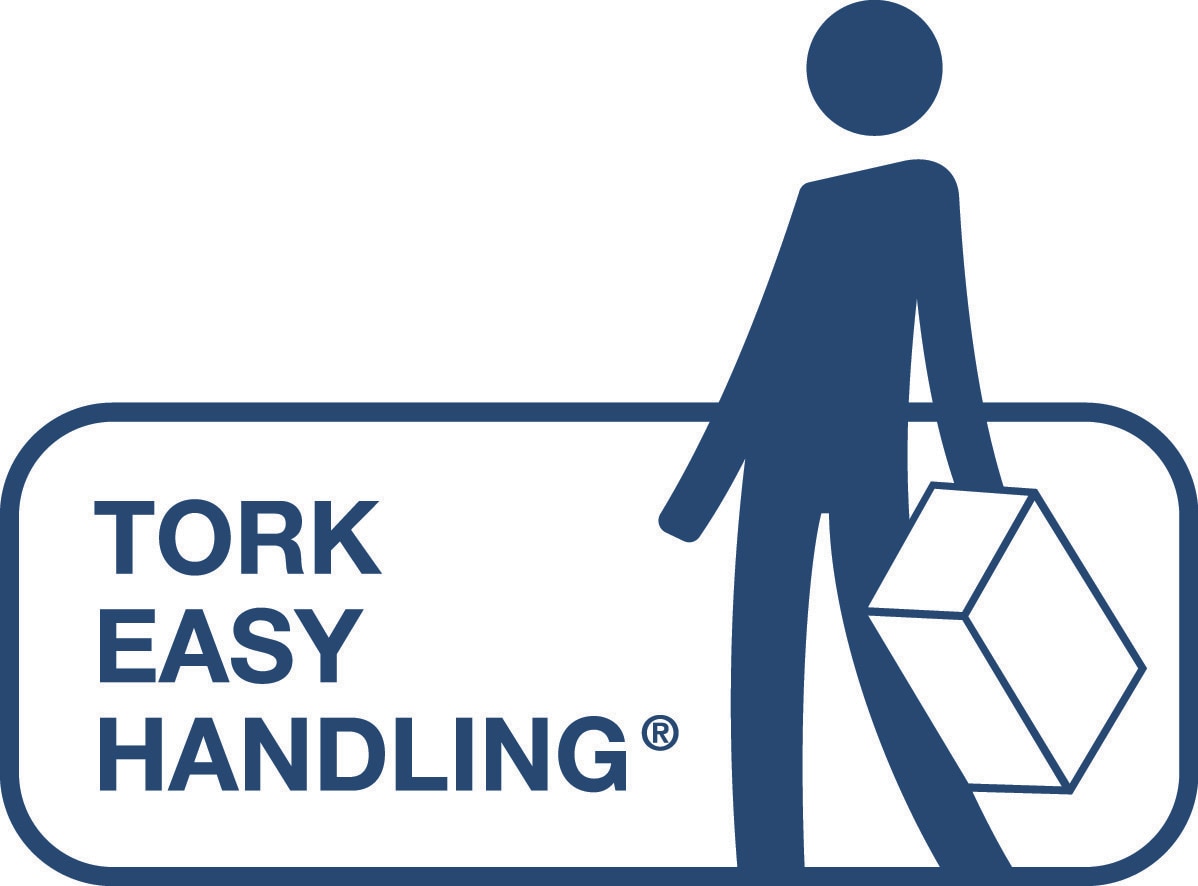
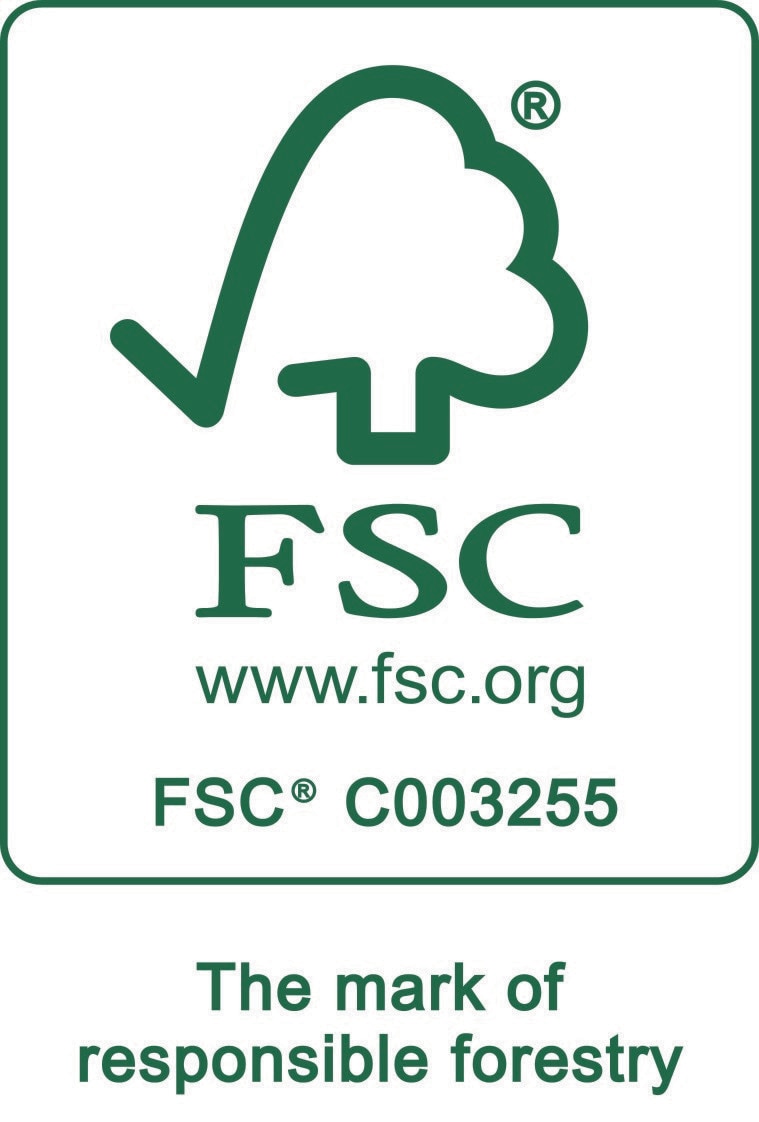
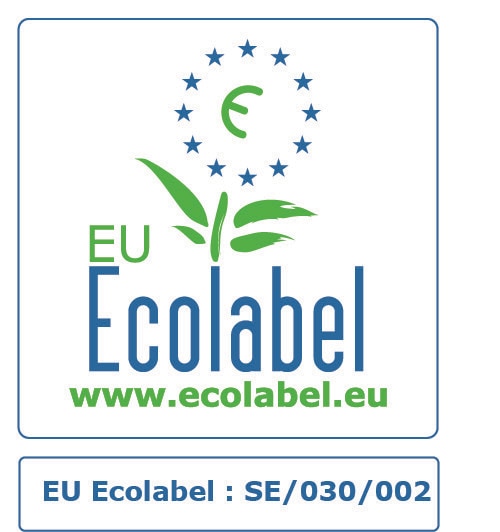
Product and delivery data
System
M1 - Centrefeed system small Quality
Advanced Roll length
110 m Roll width
21.5 cm Roll diameter
14 cm Ply
1 Print
No Embossing
No Colour
White Delivery data
Consumer units
Transport units
(CON)
(TRP)
EAN
7322540465358
7322540465365
Packaging material
none
Shrink
Pieces
1
11 (11 CON)
Gross weight
615.7 g
6.8 kg
Height
215 mm
215 mm
Length
140 mm
560 mm
Width
140 mm
383 mm
Net weight
614.9 g
6.8 kg
Volume
4.21 dm3
46.73 dm3
Consumer units
(CON)
EAN
7322540465358
Packaging material
none
Pieces
1
Gross weight
615.7 g
Height
215 mm
Length
140 mm
Width
140 mm
Net weight
614.9 g
Volume
4.21 dm3
Transport units
(TRP)
EAN
7322540465365
Packaging material
Shrink
Pieces
11 (11 CON)
Gross weight
6.8 kg
Height
215 mm
Length
560 mm
Width
383 mm
Net weight
6.8 kg
Volume
46.73 dm3




